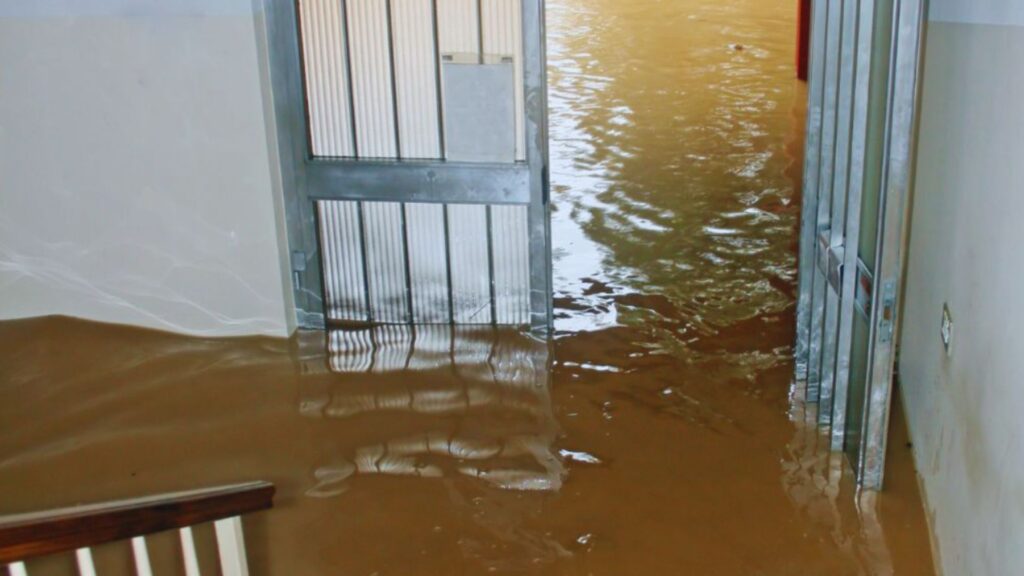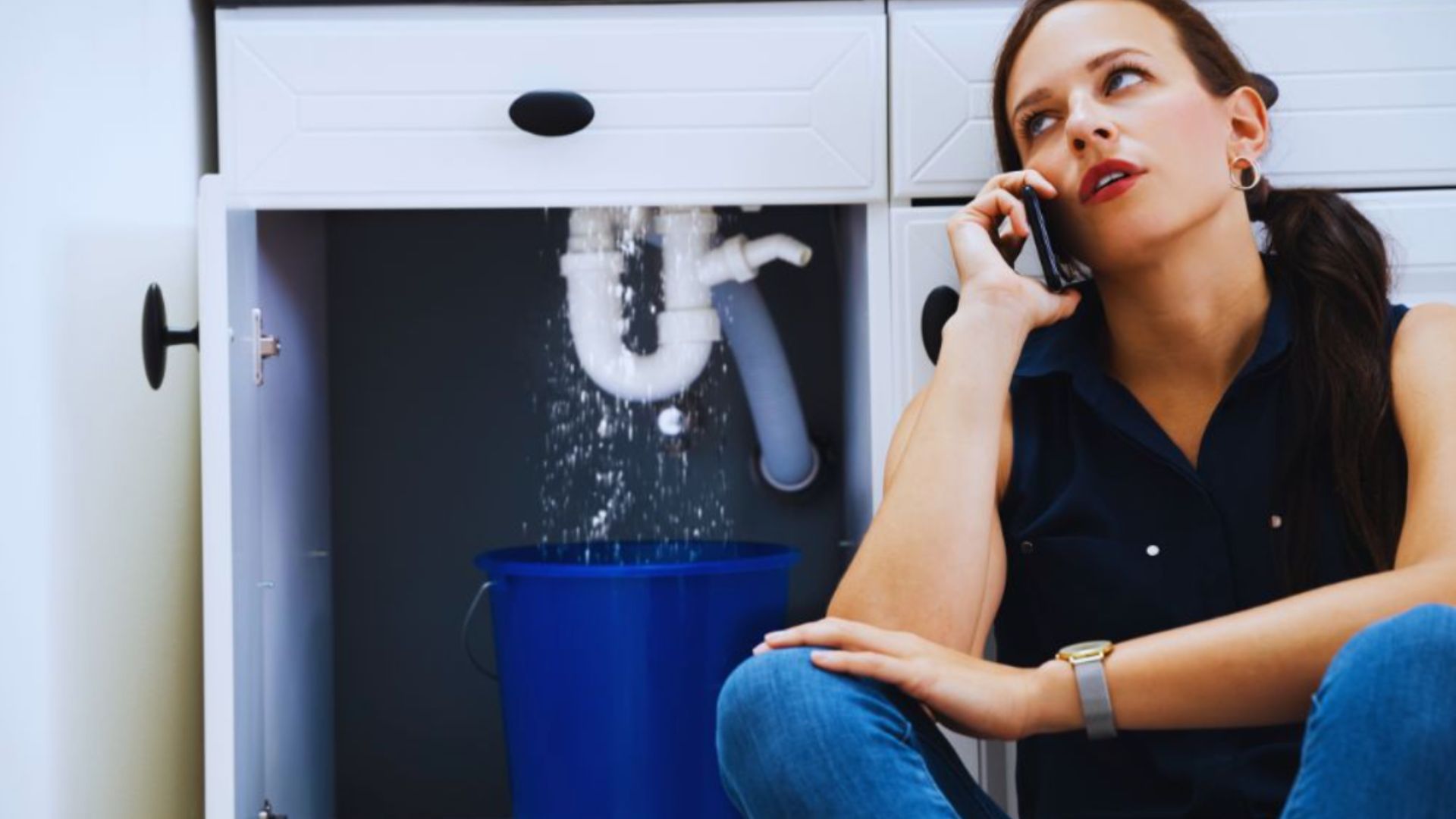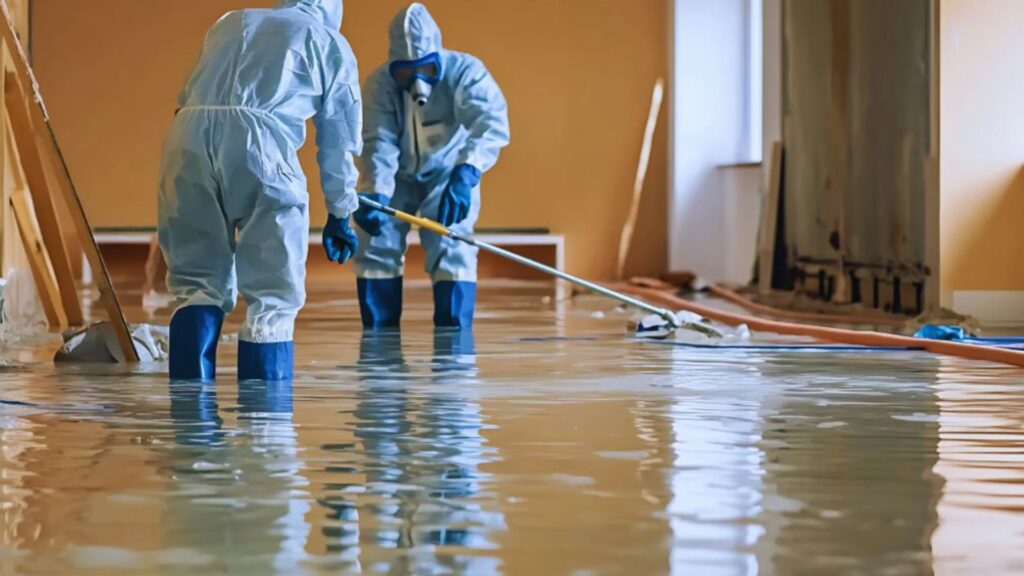Table of Contents
ToggleUnderstanding Water Restoration
When water floods your home or business, it can cause a lot of damage. Carpets get soaked, walls absorb water, and furniture can be ruined. If action isn’t taken quickly, mold can start growing in as little as 24 to 48 hours in humid conditions. Mold isn’t just damaging—it can also cause serious health problems. That’s why a fast response is important. Many water restoration companies offer emergency 24/7 service and can often be on-site within hours to start removing water and drying your property. This fast action helps prevent mold and further damage.
Water restoration means removing the water, drying the affected areas, and repairing any damage so your home or business is safe again. Many people ask, “How long does water restoration take?” and “What steps will bring my property back to normal?” The answer depends on the situation, but the key is acting fast and following proper steps to prevent ongoing damage.

At All Dry Services of Miami, we have years of experience restoring homes and businesses after water damage. We know how stressful these situations can be. Our team uses proven techniques and professional equipment to carefully restore your property to safe, dry conditions. People in Miami trust us for reliable service that puts their safety and comfort first.
What Is Water Restoration?
Water restoration includes two main parts:
- Mitigation: Removing water and drying your property.
- Restoration: Repairing or replacing damaged areas to help return your property to its pre-loss condition.
Whether caused by a burst pipe or a slow leak, water restoration involves removing all standing water, drying affected spaces, sanitizing surfaces, and repairing damage. This thorough approach helps prevent mold from developing and protects the structure of your property. Acting quickly protects your health and the value of your home or business.
Common Causes of Water Damage
- Broken Pipes: Pipes can burst suddenly and flood rooms quickly, damaging floors, walls, and furniture. Water can seep into building materials and cause mold if not treated immediately. Fast water removal and drying prevent costly repairs and health risks.
- Overflowing Toilets, Tubs, or Sinks: Water from these sources may be Category 2 (gray) or Category 3 (black), each with specific sanitation requirements per IICRC S500.
- Appliance Leaks: Washing machines, refrigerators, and dishwashers can leak water slowly or release large amounts suddenly. Often, damage goes unnoticed until it affects cabinets and flooring. Quick restoration prevents warped floors, wood rot, and mold.
- Weather Events: Heavy rain, hurricanes, or floods can damage roofs, windows, and foundations. Storm floods often affect many parts of a property. Restoration focuses on floodwater removal, drying, debris cleanup, and repairs.
- Sewer Backups: These involve Category 3 (“black”) water—grossly contaminated and capable of causing illness—requiring PPE, removal of affected materials, and disinfection per IICRC guidance.

How Long Does Water Restoration Usually Take?
The time needed depends on how much damage there is and what materials are affected. Small leaks caught early might be cleaned and dried within a few days. Larger floods or water left standing longer can take several weeks. Drying most residential buildings usually takes 3 to 7 days. If water has deeply soaked materials or if major repairs are needed, restoration can take multiple weeks. Factors like humidity, building materials, and repair scope affect the timeline. Acting fast always helps shorten the process.
Steps in the Water Restoration Process
1. Inspection and Assessment
Technicians carefully inspect the area to find the water source, the extent of damage, and the level of contamination. They create a clear plan to clean and repair the property.
2. Water Extraction
Using strong pumps, vacuums, and extraction equipment, standing water is quickly removed. This is vital because the longer water sits, the more damage it causes.
3. Drying and Dehumidification
Specialized machines (air movers and dehumidifiers) dry out walls, floors, and furniture. Daily monitoring helps ensure drying is effective and moisture is reduced to target levels. Drying porous materials within 24–48 hours is crucial to help prevent mold growth.
4. Cleaning and Sanitizing
Surfaces and belongings are cleaned to remove dirt, bacteria, and odors. Items that cannot be cleaned and dried within 24–48 hours (like carpet padding or certain upholstery) should be discarded, per FEMA/EPA guidance, to reduce health risks. Stronger cleaning processes are used to eliminate contaminants in affected areas.
5. Repairs and Restoration
Damaged materials are repaired or replaced—drywall patched, flooring changed, or entire sections rebuilt. Restoration aims to return your property to its pre-damage condition and can improve resistance to future water damage. Detailed records are maintained to assist with insurance claims and provide project clarity.
Frequently Asked Questions
What Is Water Restoration?
Water restoration is the process of repairing and restoring a property after it has been damaged by water. Standing water must be removed, impacted areas must be dried and dehumidified, surfaces must be cleaned and sanitized, and damaged materials must be repaired or replaced. The goal of water restoration is to return a home or business to a safe, healthy, and livable condition while preventing further damage, such as mold growth.
What Is the Typical Cost for Water Damage Restoration?
The typical cost for water damage restoration depends on many factors, such as the size of the affected area, the source of the water, and the type of materials impacted. Costs also vary based on the amount of repairs needed after cleanup and drying. While every situation is different, quick action usually reduces overall expenses because it prevents further damage and helps protect property value over time.
What Is the Difference Between Remediation and Restoration?
The difference between remediation and restoration lies in their purpose. Remediation focuses on stopping and removing harmful contaminants like mold or bacteria caused by water damage. It aims to control the problem and make the environment safe. Restoration, on the other hand, goes further by repairing or replacing damaged structures and materials. Together, remediation and restoration create a full recovery process after water damage has occurred.
Why Choose Professional Water Restoration?

Water damage can be overwhelming, but a trustworthy company makes recovery quicker and less stressful. The right team protects your property, health, and budget. All Dry Services of Miami offers fast, professional, and caring water restoration services. From small leaks to major floods, we have the experience and equipment to help. With our help, you can trust your property is in good hands.
All Dry Services of Miami
info@alldrymiami.com
(305) 990-0102
Owner and Managing Director
With over 25 years of rich and diverse experience across multiple industries, my journey has led me to become the founder of All Dry Services of Miami. I am committed to steering our team toward providing top-notch water, mold, and fire damage restoration services in the area. My focus is on inspiring our team to uphold the highest standards of quality and efficiency, ensuring we meet and exceed our client’s expectations.

